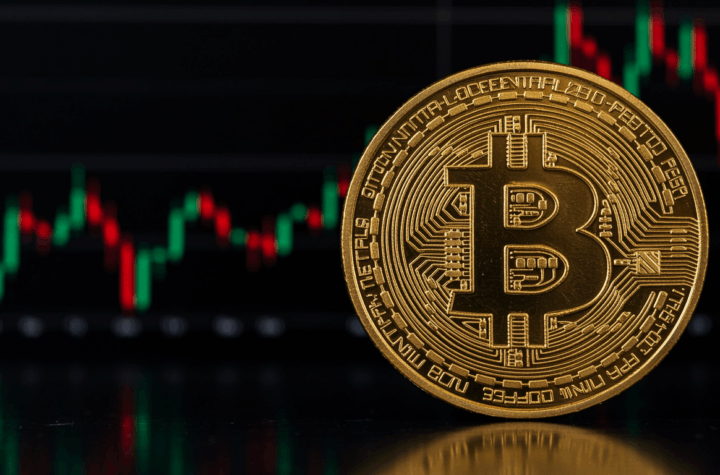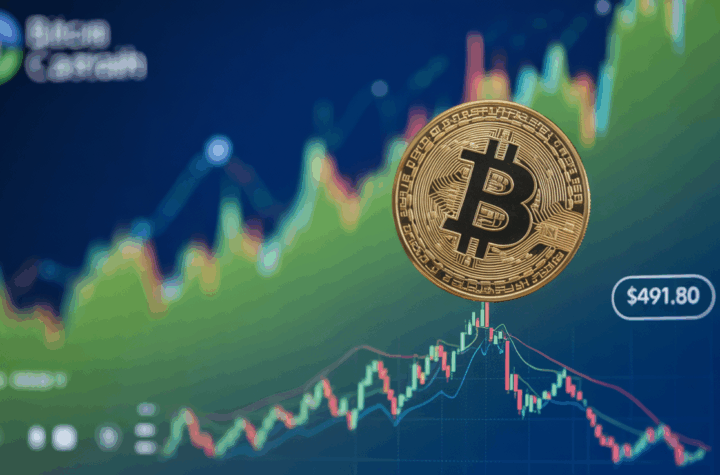
Bitcoin Holds Firm Above $100K as Traders Eye Powell, Inflation Data, and Tariff Risks
Bitcoin has managed to stay above $100,000 despite geopolitical tensions after U.S. airstrikes on Iran’s nuclear facilities, defying predictions of a sharp drop in price. With Middle East jitters easing, traders are shifting their attention to crucial economic events this week that could shape crypto and broader market sentiment.
Spotlight on Powell’s Congressional Testimony
The central event this week will be Federal Reserve Chair Jerome Powell’s semi-annual testimony before Congress. Powell is expected to face pointed questions from Republican lawmakers over the Fed’s decision to keep rates elevated—a stance frequently criticized by former President Donald Trump, who has accused Powell of harming the economy and costing the nation billions.
Despite the political pressure, Powell is likely to underscore the Fed’s independence and insist that any future rate decisions will be guided by economic data. Investors are watching closely for clues about when and how much the Fed might cut rates.
Fed Governor Christopher Waller, a Trump appointee, recently signaled that the first rate cuts could begin as early as July, fueling speculation about the Fed’s path forward.
“With inflation expectations well anchored, signs of strain in the labor market, and housing still soft, there’s a solid case for a dovish pivot at the July Fed meeting, with a possible hint at a September cut—already priced into U.S. swaps markets,” said Chris Weston, head of research at Pepperstone, on X.
A more dovish tone from Powell could boost appetite for risk assets, including bitcoin.
Split Views on Fed Rate Cuts
Markets are currently betting on two quarter-point rate cuts by the end of the year, but not all analysts agree.
“We think the Fed may wait until December to decide if inflation is truly under control or if tariffs could ignite lasting price pressures,” ING analysts noted Friday. “That leaves room for only one rate cut this year, unless we see sharper labor market weakness that could even justify a 50-basis-point move.”
Core PCE Inflation Data on Deck
Another key focus this week is Friday’s release of the core personal consumption expenditures (PCE) price index—the Fed’s preferred inflation measure. Economists expect a mild 0.1% monthly gain in May, translating to an annual rate of 2.6% and a three-month annualized pace of 1.6%, according to Pepperstone’s estimates.
A softer reading would reinforce hopes for Fed rate cuts. However, ING cautions that Trump’s proposed tariffs could spark fresh inflationary pressures once they kick in.
Trump’s 90-day suspension of reciprocal tariffs, announced in April, is set to expire on July 9. Without new agreements, hefty “Liberation Day” tariffs will take effect. So far, Trump has reached a deal with the U.K. and outlined a framework with China, though Beijing hasn’t signed off, and talks with the European Union remain unresolved.
Geopolitical Tensions Still a Wild Card
Even as immediate oil market panic fades, Iran remains a source of geopolitical risk. Although Iran hasn’t moved to block the Strait of Hormuz—a crucial artery for roughly 20% of global oil flows—it could still rattle markets by merely threatening to do so. Such threats have already pushed up shipping insurance costs, rising from 20 cents to 80 cents per barrel, the South China Morning Post reported, citing Athens-based Xclusiv Shipbrokers.
“By creating uncertainty around the strait’s security, Iran could significantly raise shipping costs and disrupt global oil and gas flows,” Weston added.






More Stories
“Dogecoin steadies near $0.16 support amid profit‑taking that caps upside momentum.”
RLUSD Pilot Boosts XRP 5%, Technical Momentum Points to $2.50
How Aggressively Are BTC Traders Hedging After Recent Dip Under $100K?